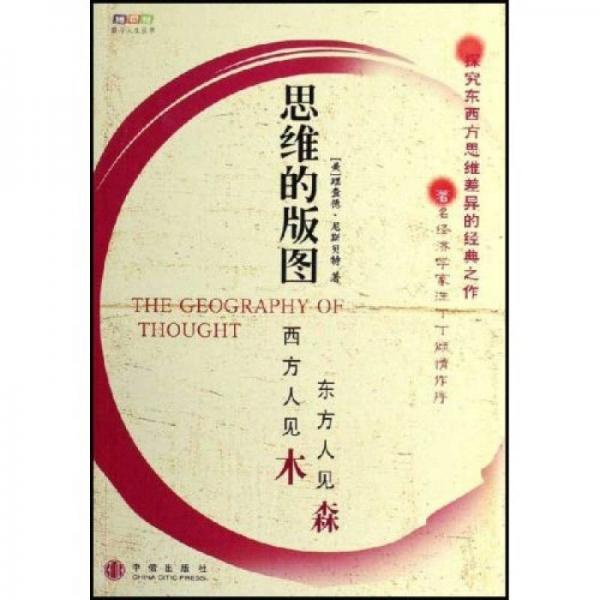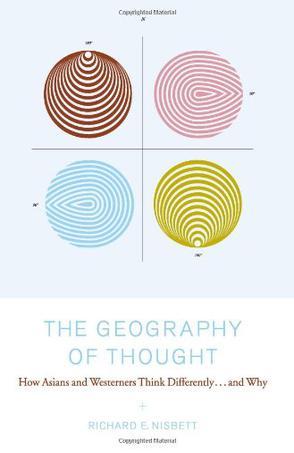The Geography of Thought:How Asians and Westerners Think Differently...and Why
- 作者
- 出版社 Oversea Publishing House
- 出版时间 2004年3月 第1版
- ISBN 9780743255356
内容简介
WhenpsychologistRichardE.NisbettshowedananimatedunderwaterscenetohisAmericanstudents,theyzeroedinonabigfishswimmingamongsmallerfish.Japaneseobserversinsteadcommentedonthebackgroundenvironment--andthedifferent"seeings"areacluetoprofoundcognitivedifferencesbetweenWesternersandEastAsians.AsNisbettshowsinTheGeographyofThought,peoplethinkabout--andevensee--theworlddifferentlybecauseofdifferingecologies,socialstructures,philosophies,andeducationalsystemsthatdatebacktoancientGreeceandChina.TheGeographyofThoughtdocumentsProfessorNisbett'sgroundbreakingresearchinculturalpsychology,addressingquestionssuchas:WhydidtheancientChineseexcelatalgebraandarithmetic,butnotgeometry,thebrilliantachievementofsuchGreeksasEuclid?WhydoEastAsiansfinditsodifficulttodisentangleanobjectfromitssurroundings?WhydoWesterninfantslearnnounsmorerapidlythanverbs,whenitistheotherwayaroundinEastAsia?Atamomentinhistorywhentheneedforcross-culturalunderstandingandcollaborationhaveneverbeenmoreimportant,TheGeographyofThoughtoffersbothamaptothatgulfandablueprintforabridgethatmightbeabletospanit.
目录
其他版本
— END —



